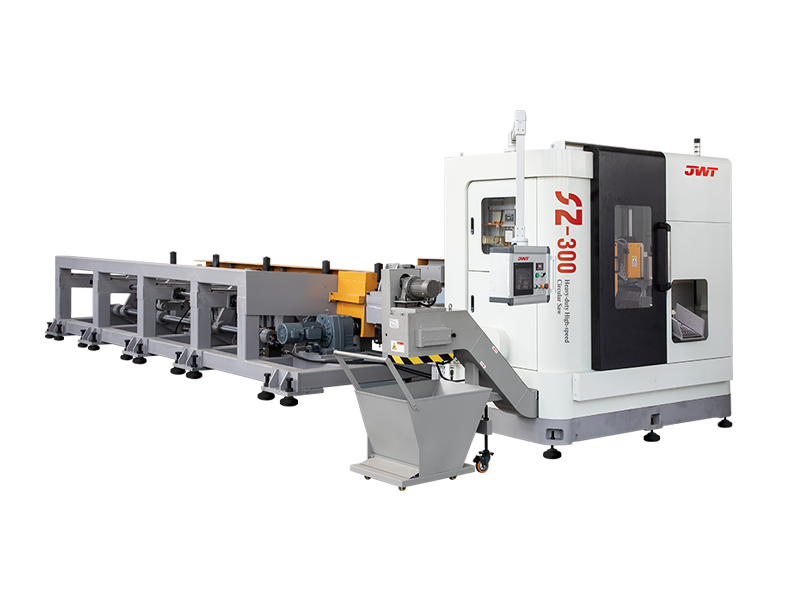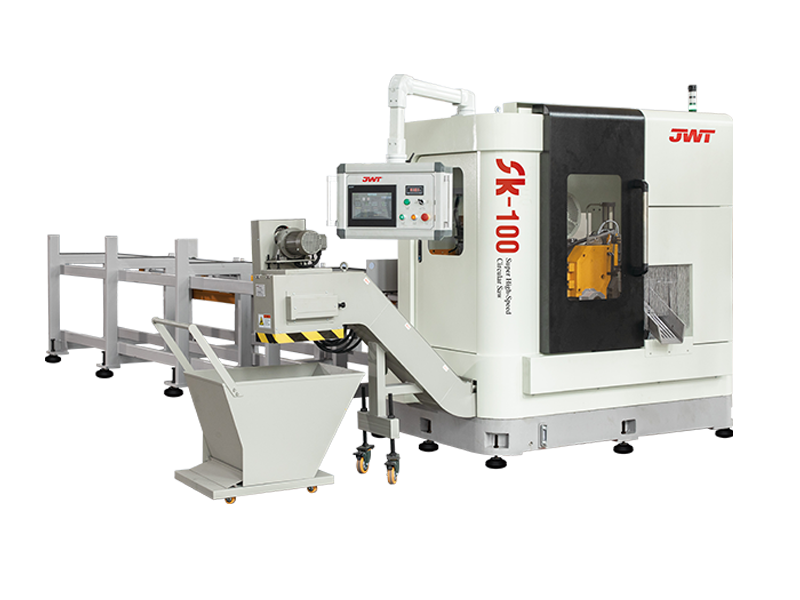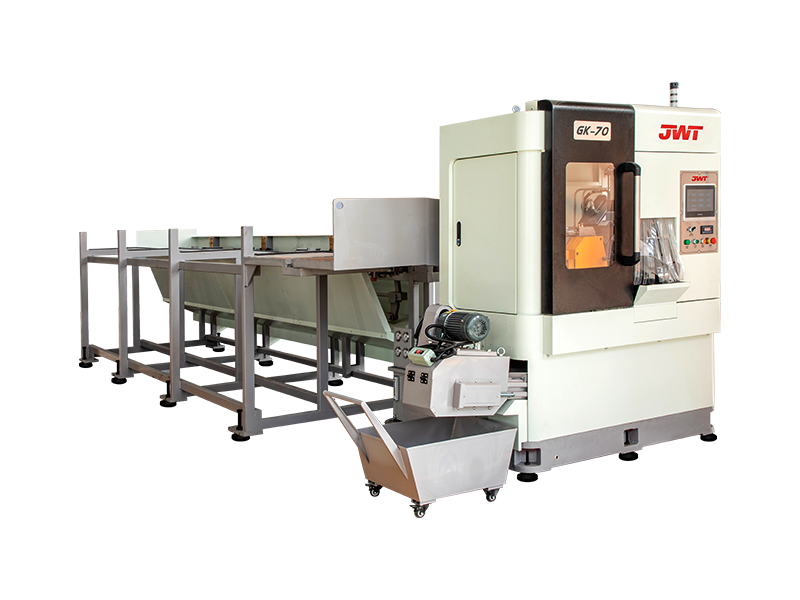Automatic saw machine troubleshooting
An automatic saw machine is a critical piece of equipment in many workshops, factories, and construction sites. When a breakdown occurs, it can halt production, disrupt schedules, and lead to significant financial losses. Knowing how to effectively troubleshoot common issues can get you back up and running quickly. This guide will walk you through some of the most frequent problems and provide professional, actionable solutions.
1. Saw Blade Issues
The saw blade is the heart of any automatic sawing machine. Problems here are often the easiest to diagnose.
-
Dull or Worn Blade: A dull blade will cause the machine to work harder, leading to a slower cutting speed, excessive heat generation, and a rough finish on the material. You may also notice a burning smell.
-
Solution: Inspect the teeth for signs of wear, chipping, or damage. Replace the blade if necessary. Ensure you're using the correct blade type for the material you are cutting.
-
-
Incorrect Blade Alignment: Misalignment can cause the blade to bind or drift, resulting in inaccurate cuts and potential safety hazards.
-
Solution: Check the blade's tension and ensure it's properly seated in the guides. Refer to your machine's manual for specific instructions on how to align the blade. A proper tension gauge can be a valuable tool for this.
-
-
Blade Vibration: Excessive vibration can lead to poor cut quality, premature blade wear, and damage to the machine's components.
-
Solution: This can be caused by a loose blade, worn bearings, or an unbalanced blade. Check the blade tension first. If the problem persists, inspect the arbor and spindle for wear.
-
2. Feeding and Clamping Problems
The material feeding system and clamping mechanism are essential for safe and accurate operation.
-
Material Not Feeding Correctly: If the material is not advancing smoothly, it could be due to a number of factors.
-
Solution: First, check for any obstructions in the feeding path. Ensure the rollers or conveyor system are clean and free of debris. If the feeding system is pneumatic or hydraulic, check the pressure and look for any leaks in the lines. Calibrate the feed rate according to the material and blade being used.
-
-
Insufficient Clamping Force: If the workpiece is moving during the cut, the clamping force may be inadequate. This is a significant safety risk and will result in a poor-quality cut.
-
Solution: For pneumatic or hydraulic clamps, check the air or fluid pressure. Adjust the clamping jaws to ensure they are making full contact with the material. On mechanical clamps, check for signs of wear on the screw or lever and tighten as needed.
-
3. Electrical and Control System Faults
Modern automated saw machines rely on complex electrical systems and programmable logic controllers (PLCs). Issues in this area can be more challenging to troubleshoot.
-
Machine Won't Start: This is often the most frustrating problem.
-
Solution: Start with the basics. Check the main power supply and the emergency stop button. A tripped circuit breaker is a common culprit. Next, check the safety interlocks on the guards and covers—the machine will not start if a safety door is open. If all of these seem fine, a fault in the control system or a sensor may be the issue.
-
-
Inconsistent Operation: If the machine is starting and stopping randomly or behaving erratically, it could be a sensor or control board issue.
-
Solution: Inspect all sensors (e.g., limit switches, proximity sensors) for damage or loose connections. A faulty sensor might be sending incorrect signals to the PLC. Check the control panel for error codes or warnings, which can provide a specific diagnostic clue. For more complex issues, consulting a professional technician is often the best course of action.
-
4. Hydraulic and Pneumatic System Issues
Many industrial sawing machines use hydraulic or pneumatic systems for clamping, feeding, or blade movement.
-
Loss of Pressure: A sudden or gradual loss of pressure will affect the performance of the machine's functions.
-
Solution: Look for leaks in the hoses, fittings, and cylinders. A small leak can be difficult to spot, so listen for hissing sounds (pneumatic) or look for puddles or drips (hydraulic). Check the fluid or air levels and ensure the pump or compressor is functioning correctly.
-
-
Slow or Erratic Movement: This can indicate low pressure or a blockage in the system.
-
Solution: A dirty filter can restrict fluid or air flow. Replace or clean the filters according to the manufacturer's recommendations. Air in a hydraulic system can also cause slow, jerky movements. Bleed the system to remove any trapped air.
-
By following these troubleshooting steps, you can often identify and resolve problems with your automatic saw machine efficiently, minimizing downtime and maximizing productivity. Remember to always prioritize safety and refer to your machine's user manual for specific details and schematics. Regular maintenance and preventative checks are the best way to avoid these issues in the first place.



 中文简体
中文简体 русский
русский







